Engineering Explained: The Best Kinds Of Differential And What's Most Suitable For You
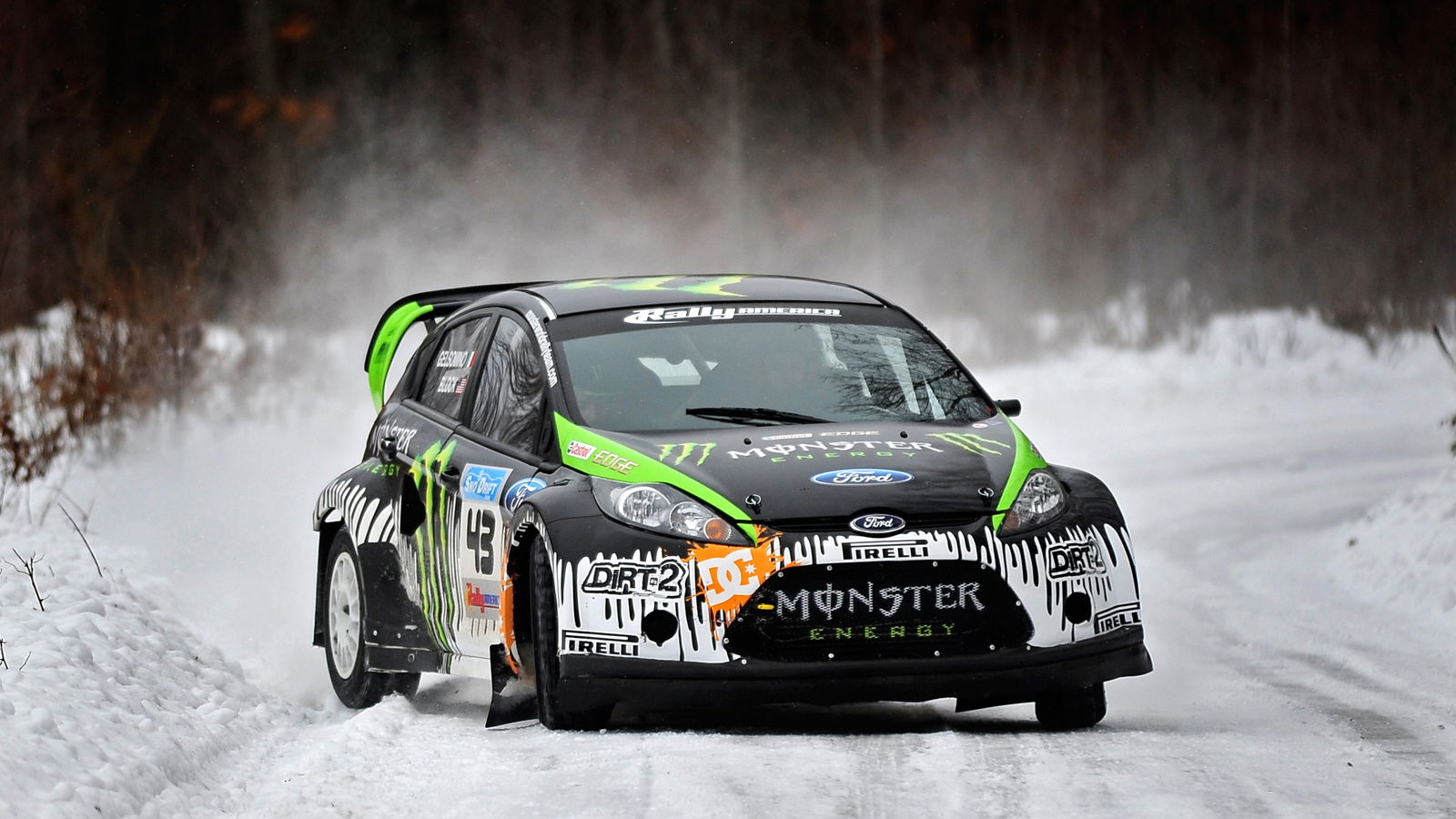
For both car designers and tuners, there are quite a variety of options when selecting a differential for a vehicle. Let’s look at the advantages and disadvantages of some of the most common options:
- Open Differential
- Locked Differential
- Viscous Limited Slip Differential
- Mechanical Clutch-Type LSD (Including eLSD)
- Torsen & Helical Differential
- Torque Vectoring Differential
1. Open Differential
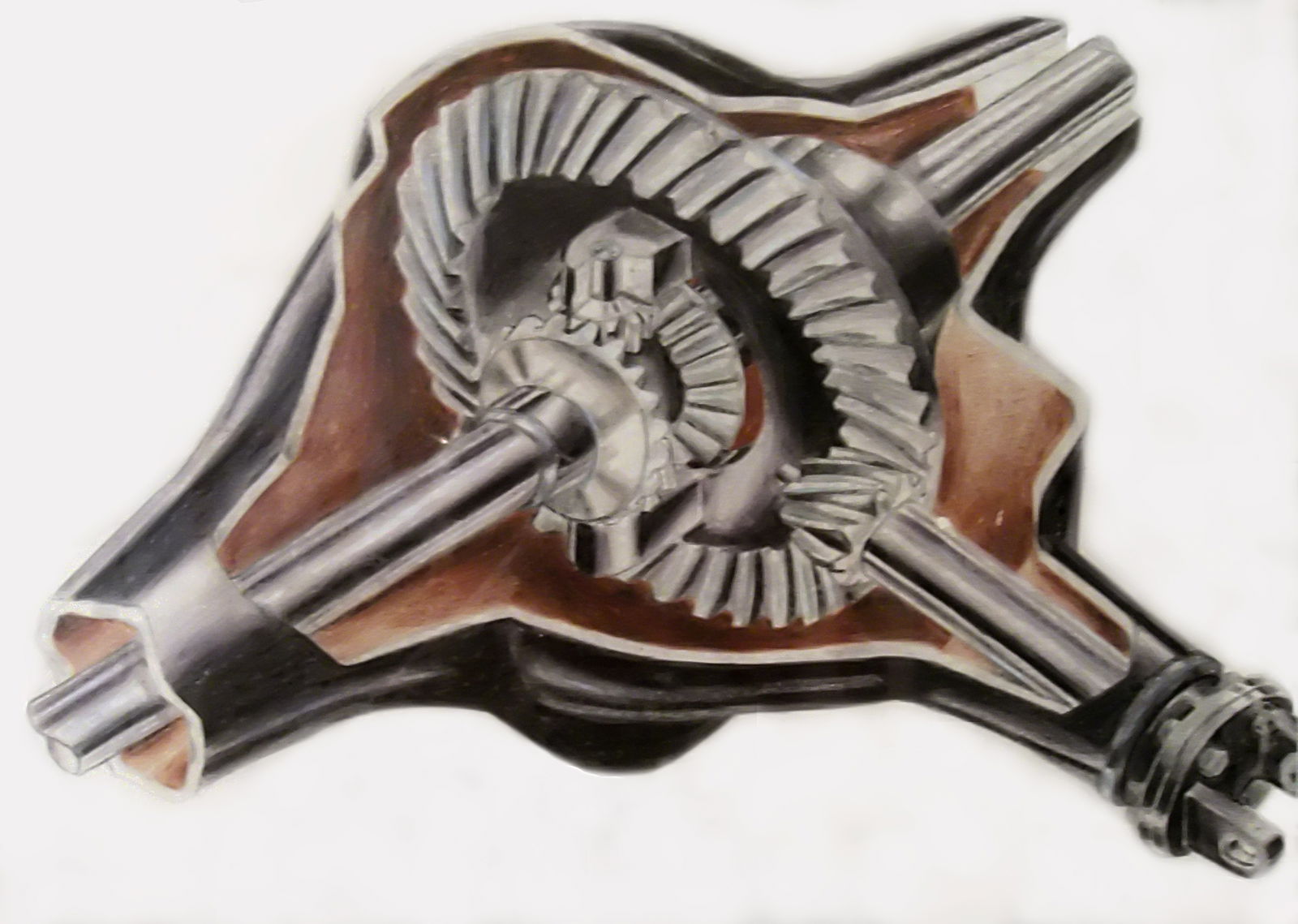
Open differentials are the most basic form of a differential. The purpose is to allow for different speeds between the two wheels, while torque split is held constant at 50/50. A common misconception with open differentials is that when one wheel is lifted, 100 per cent of the torque is sent to it. This is not true, however the amount of torque sent to the wheel with traction is very low because the amount of torque required to spin a wheel is also low. Remember, both wheels always receive equal torque, but if one has no resistance (eg. if it’s in the air), the amount of torque sent to the drive axle as a result is very low.
Advantages:
- Allows for completely different wheel speeds on the same axle, meaning no wheel slip will occur while going around a corner, as the outside tyre will travel further.
- From an efficiency standpoint, less energy will be lost through the differential versus alternative options.
- Cost.
Disadvantages:
- When one wheel has poor traction, this drastically limits the amount of power the vehicle can put down. Because the torque distribution is always 50/50, if one wheel cannot put down much power, the other will receive an equally low amount of torque.
2. Locked Differential (Including Locking And Welded Diffs)
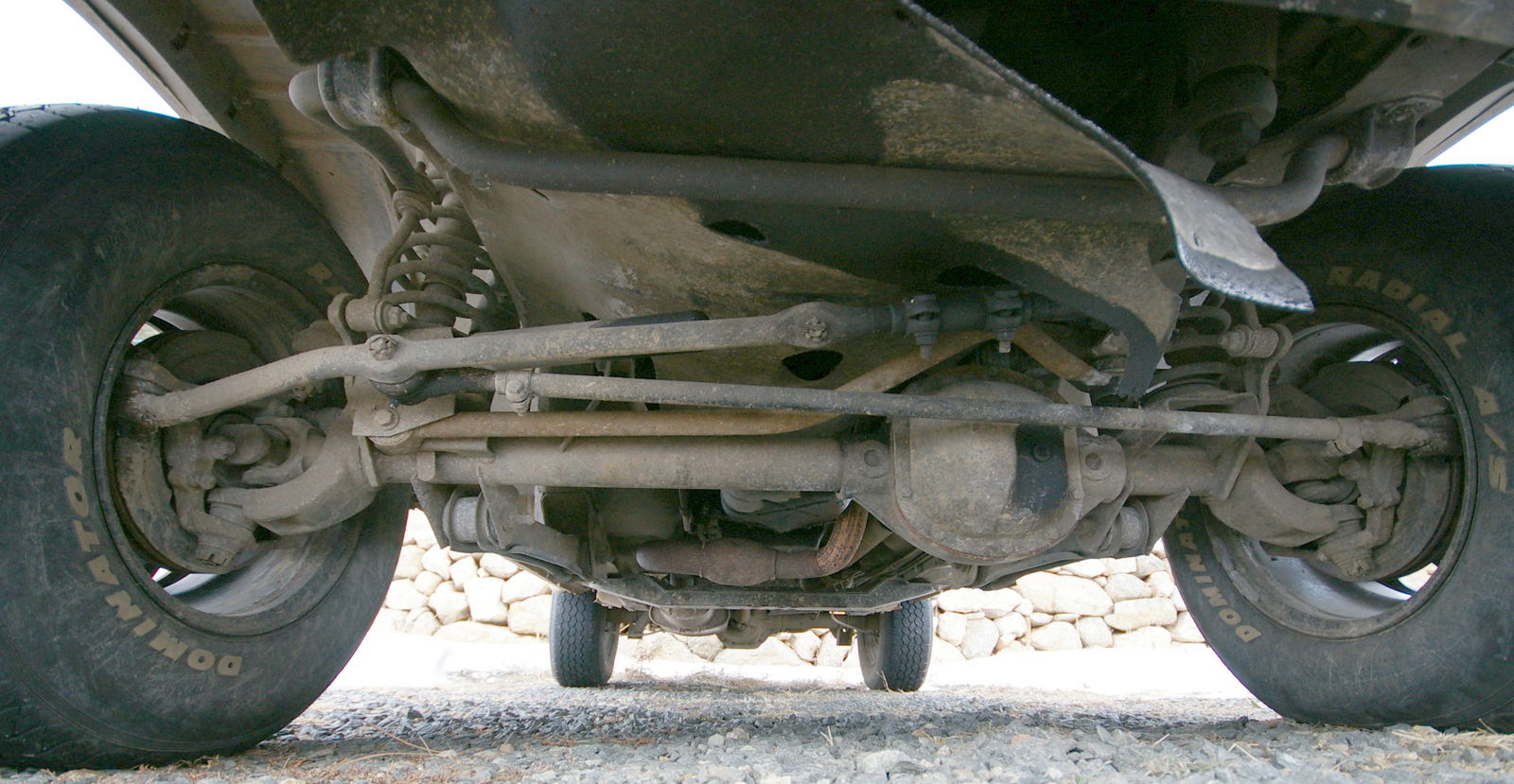
Locked differentials are on the opposite side of the spectrum versus open diffs. The purpose is for wheel speed to remain constant between the two wheels, and the major benefit here is that torque will go to the wheel with traction, up to 100 per cent at a single wheel. For off-road use, it is common for the differential to have a locking feature, so that it is open when driving on pavement.
Advantages:
- Allows for torque to go to the wheel with the most traction. For all differential styles, this will allow for the most torque to reach the ground on any surface condition.
- For off-road use where tyre wear is not an issue, this is about as good as it gets. Robust, simple, and very effective.
- In situations where it’s desirable to keep wheel speed constant on an axle (ex: drifting), this is an easy solution (a welded differential works exactly the same).
Disadvantages:
- A locked differential will not allow for wheel speed differences between the right and left wheels. This means additional tyre wear, as well as binding within the drivetrain as a result.
VLSD are fairly simple as far as operation, however they have some drawbacks in comparison to other forms of LSDs.
Advantages:
- Allows for different wheel speeds on an axle, thus reducing tyre wear versus a locked differential (the same applies for all forms of LSD, but this style is particularly good for it).
- Allows for torque to be sent to the wheel which has more traction.
- Very smooth operating, typically won’t have the low speed clunkiness associated with other LSD types navigating in a tight radius (eg. parking lots).
Disadvantages:
- Cannot fully lock up, the system requires a speed differential between the two sides in order to transfer torque.
- As the internal gear fluid heats up (in cases where it’s being used too frequently), the effect of the LSD will be reduced.
Clutch type LSDs come in a wide variety. one-way, 1.5-way, two-way, and even electronic. In principle, they all operate very similarly, with a clutch pack that attempts to lock up the differential, allowing for torque to be sent to the wheel with the most grip.
Advantages:
- Applies lock when throttle is applied. Unlike a VSLD, this means that torque split can occur before one wheel reaches a different speed (similar to a locked differential).
- For one-way LSDs, the differential acts like an open diff when not on the gas, thus easily allowing for different wheel speeds while cornering.
- For two-way LSDs, the differential applies locking force while decelerating, which in some cases can help with braking stability.
- Works well even if one wheel is off the ground or has limited traction.
- Electronic LSDs allow for the clutch engagement to be controlled by the onboard computers, optimising lock based on the driving conditions.
Disadvantages:
- Often requires regular oil changes, and the clutches may wear out eventually requiring replacement.
- Electronic LSDs will add cost and complexity.
Torsen and helical differentials work in a fairly similar fashion, using clever gearing to apply locking force to transfer torque to the wheel with more grip. They’re great for street use and even light track use, though they do have a disadvantage.
Advantages:
- These differentials begin to send more torque to the slower-rotating wheel the instant there is a speed differential between them. Essentially, it reacts far quicker than a VLSD.
- These are purely mechanical systems, with no routine maintenance required as the differential action is dependent upon friction throughout the gears.
Disadvantages:
- When one wheel is in the air, a Torsen diff acts very similarly to an open differential, and very little torque is sent to the drive axle. For street use this is completely acceptable, but it may be an issue for more purpose built vehicles on the track.
Without a doubt the most complex of the differentials, this option allows for the greatest amount of control by the developers, meaning unique programming to react to any situation, as well as the ability to help induce yaw.
Advantages:
- Allows for more torque to be sent to the outside wheel while cornering. In general, LSDs will send torque to the wheel which is rotating at a slower speed. This is because a greater wheel speed is perceived as slip, so the LSD locks up to send more torque to the slower wheel and prevent wheel slip. When accelerating out of a corner, a TVD sends more torque to the outside wheel, helping to induce yaw and rotate the vehicle.
- Allows for complete control by the designer, the system can choose in what situations the vehicle will send more torque to either wheel, rather than being reactive.
- Can send up to 100 per cent of available torque to a single wheel.
Disadvantages:
- Cost and complexity.
What Differential Should You Choose?
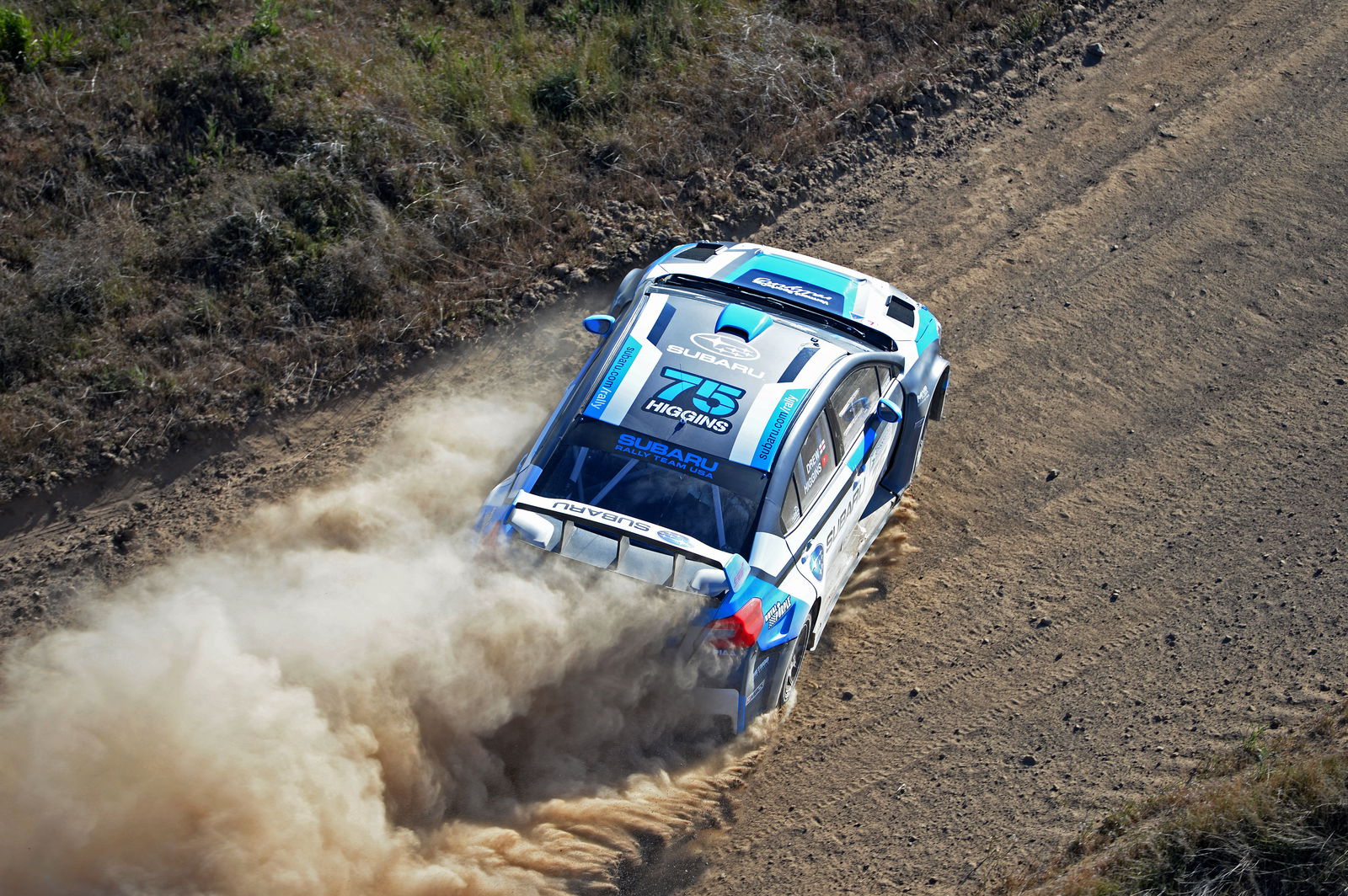
Street
If you’re looking for a differential to help get the power down and prevent one tyre fires, a Torsen or helical differential is a great option for street use. These can be found in the Subaru STI, Toyota GT86, Ford Mustang GT (with performance package), and Mitsubishi Evolution to name a few.
Track
For track use, something more aggressive tends to be a better option, such as a one-way or 1.5-way clutch type LSD.
Drift/Rally
For drifting or rally driving, occasionally a two-way LSD may be the best option, as it’s more desirable in these scenarios for wheel speeds to remain relatively equal.





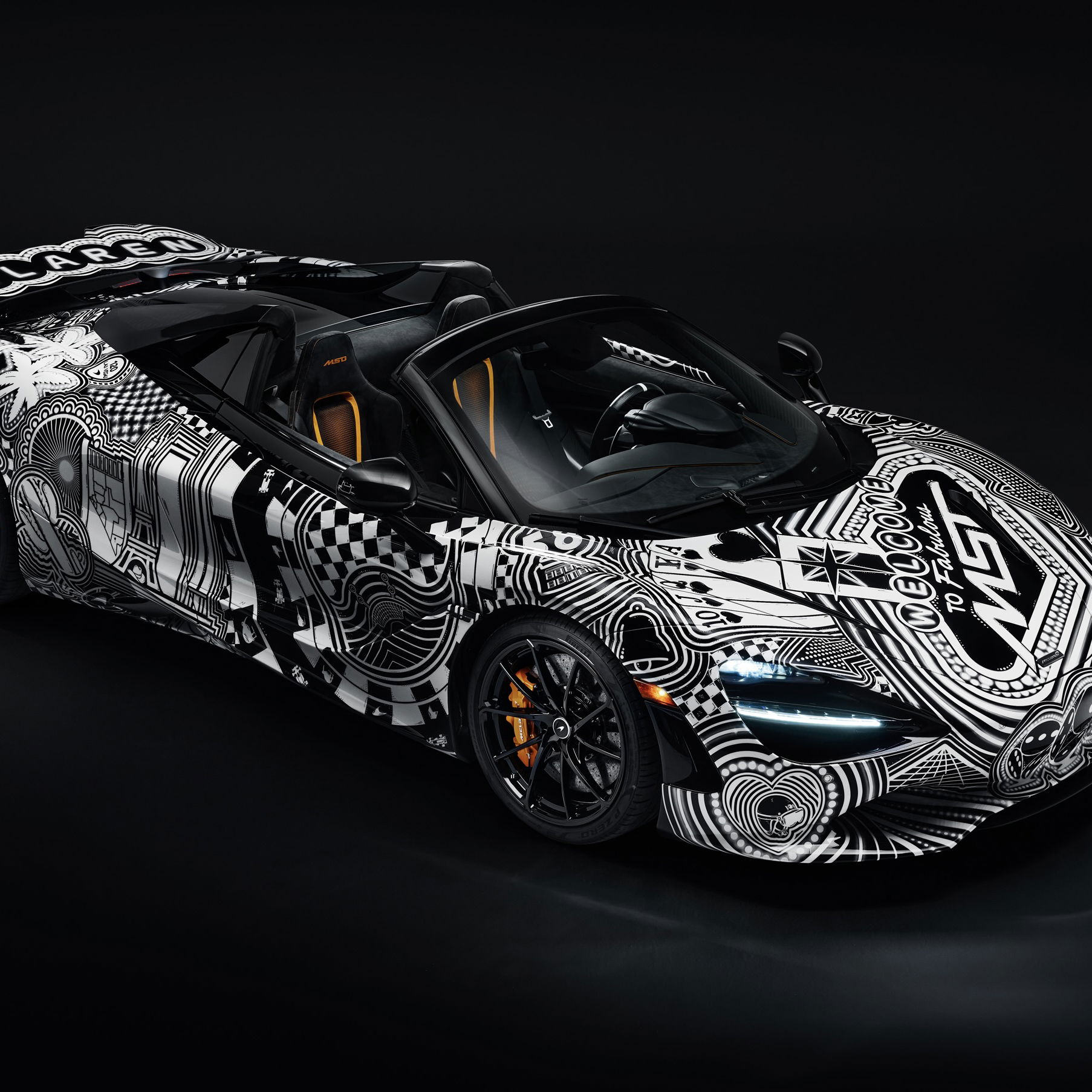
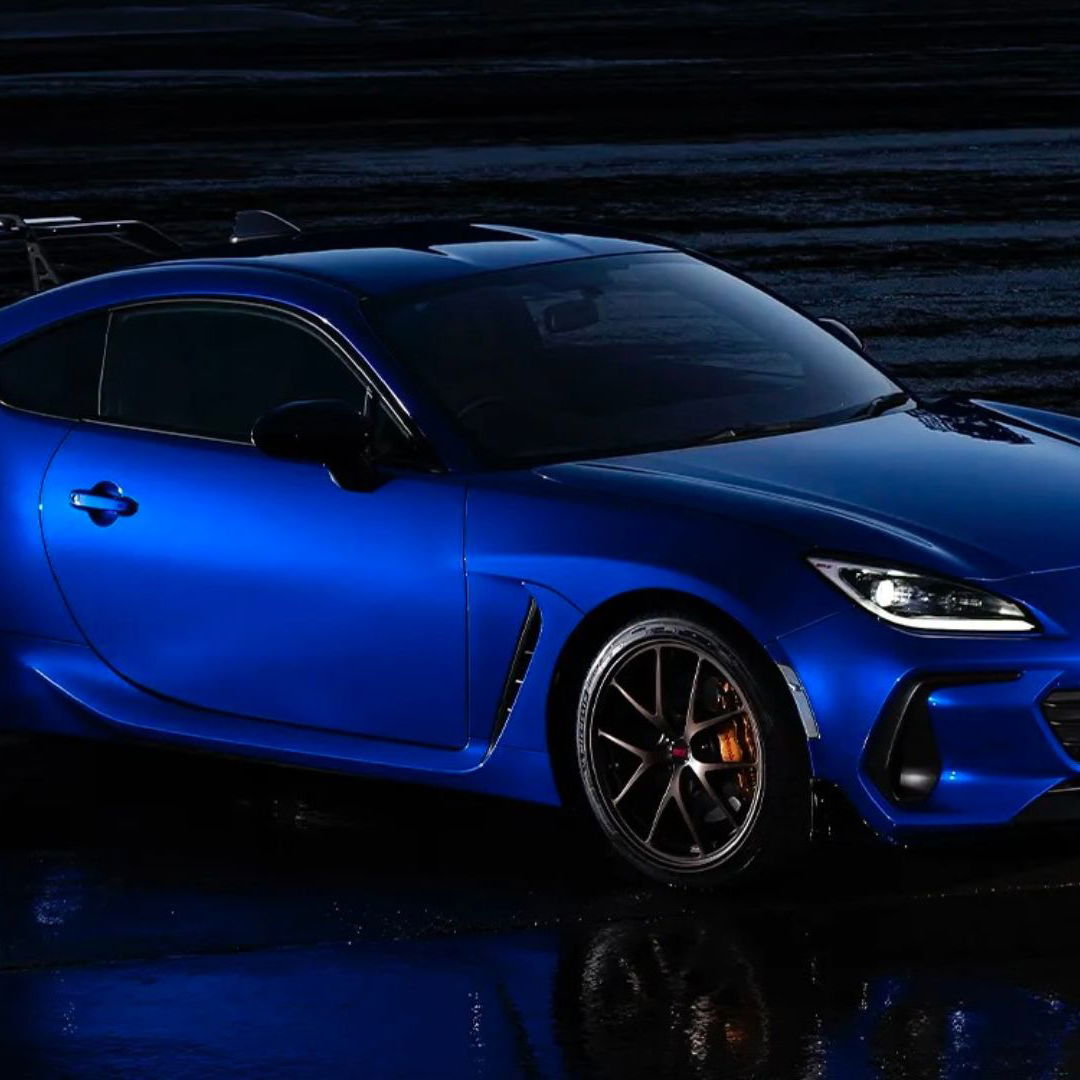
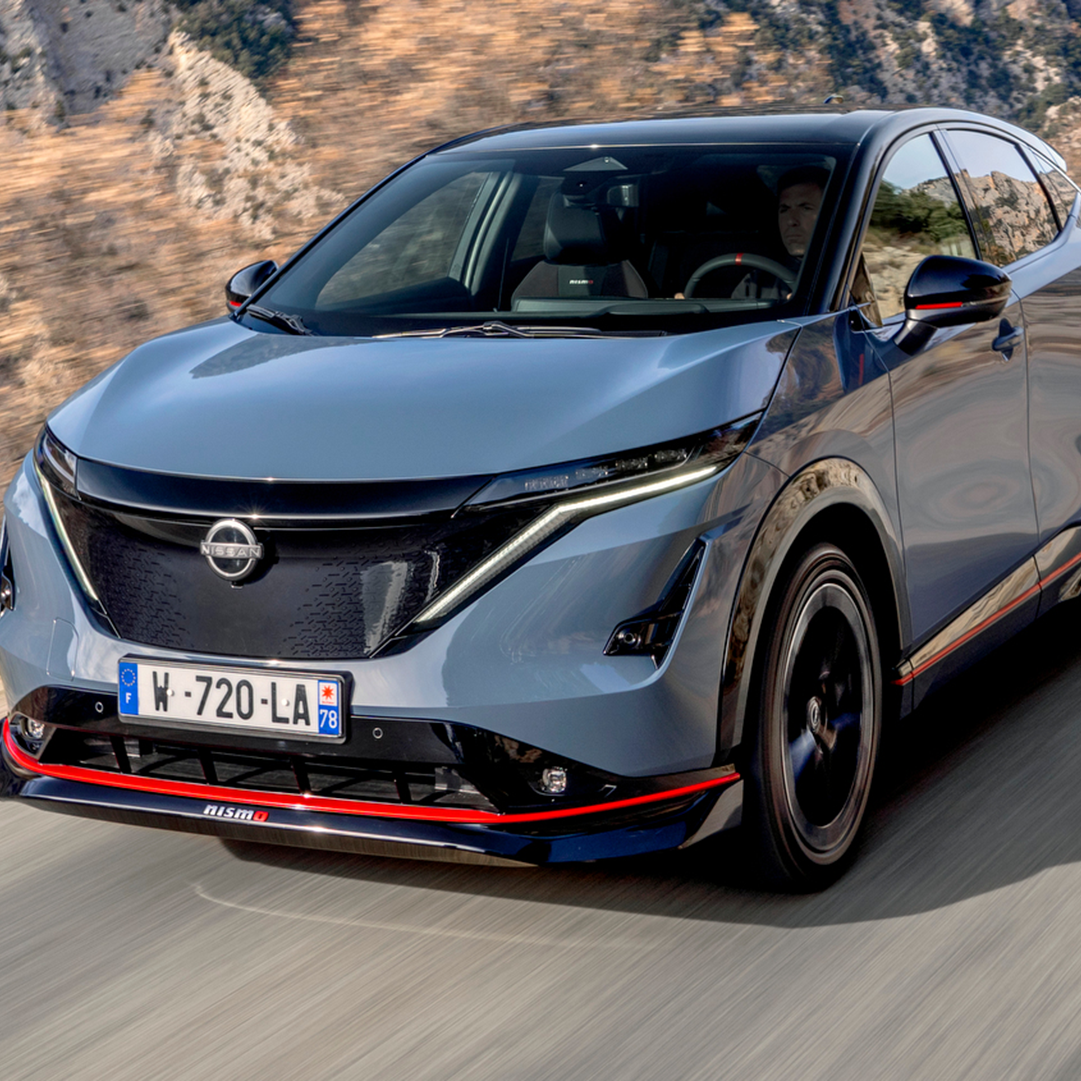
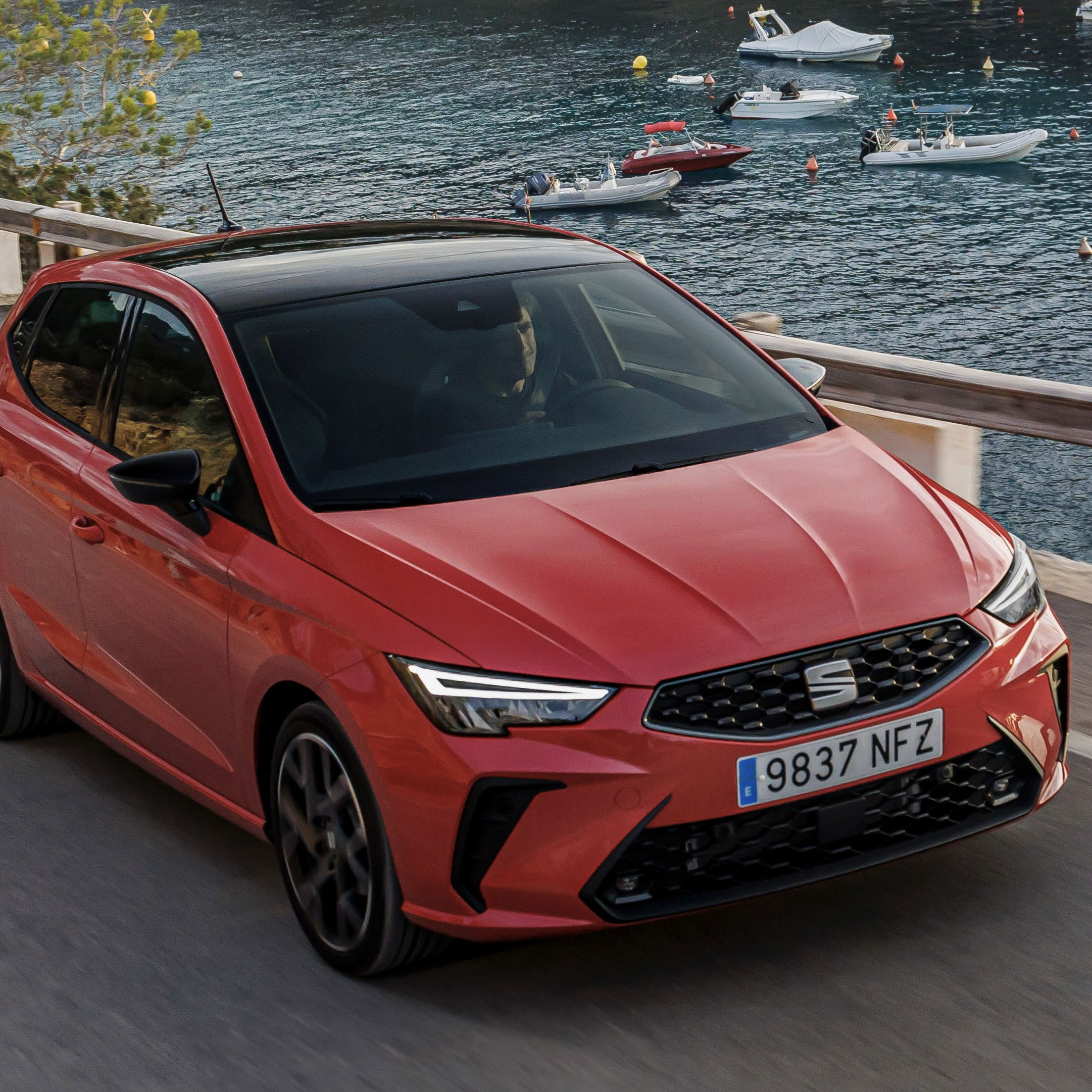

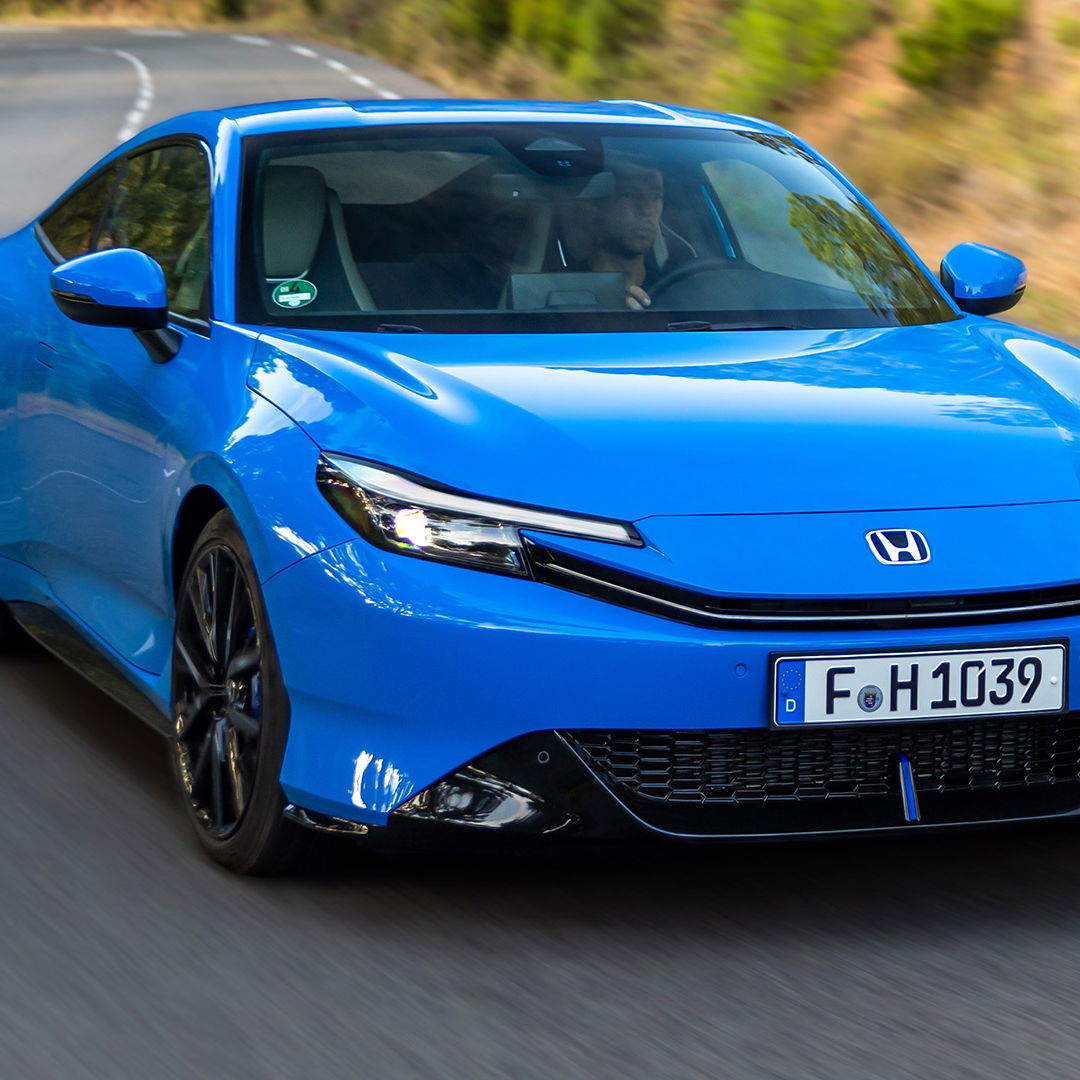
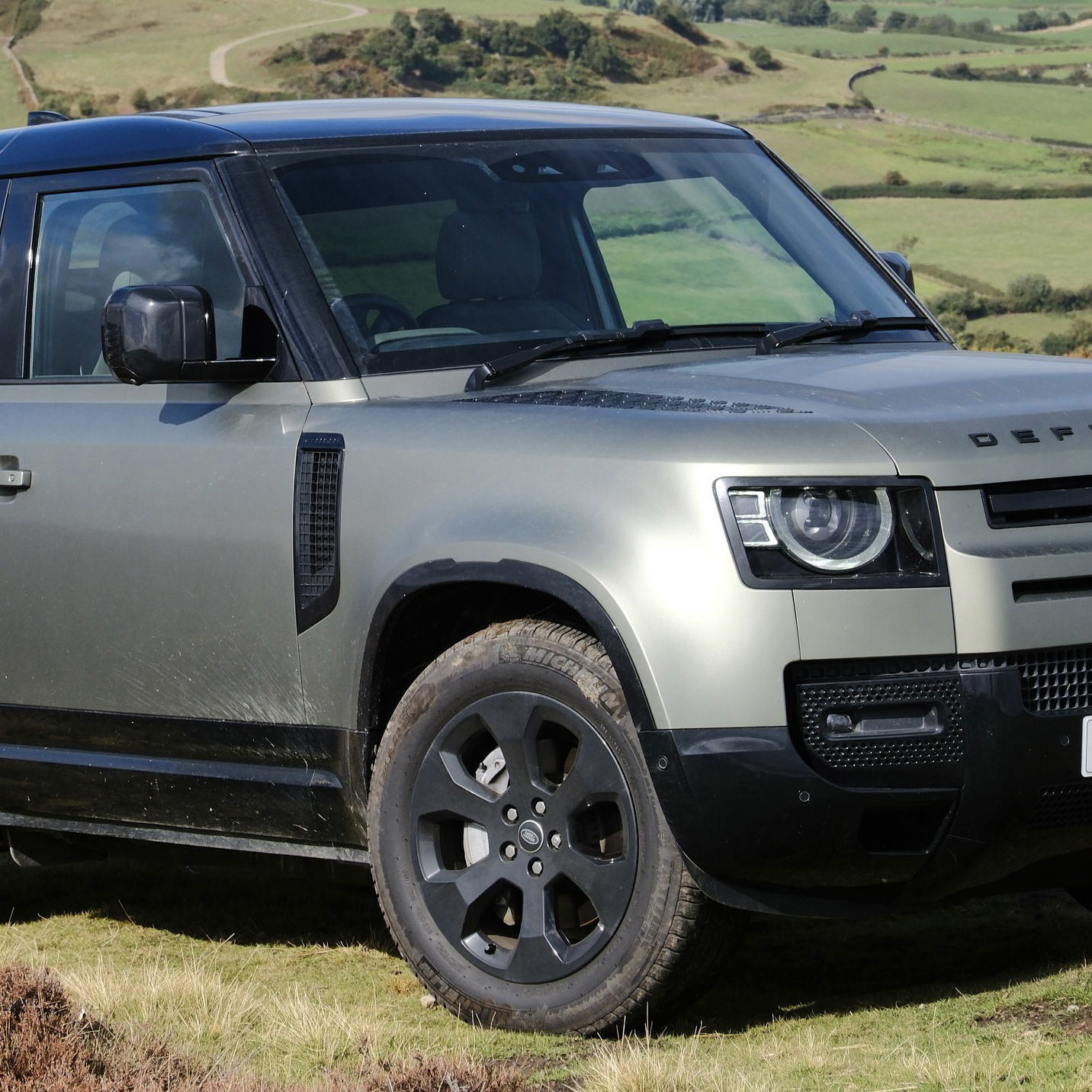

Comments
yeah my 88 volvo 740 got a open diff, aka be brave to drift :) as you need so rely on the weight transfer to make the tail go, but i might get myself a Eaton Detroit Truetrac for road use as it fits in my car, anybody knows if it’s any good?
I got an open diff on my Z, yolo! (You only leave one) and boy is it frustrating mostly while handling. That’s one thing they didn’t touch on. When accelerating out of a turn, keeping the power going to both wheels is essential and often times its just one wheel spinnin and spinnin. One day I’ll save up for an LSD. On my list before power upgrades..
TL;DR Buy a McLaren
He’s wrong about the torsen though, torsen allows for speed difference between the axles and only start to send torque to the wheel with more traction,
https://youtu.be/JEiSTzK-A2A
Pagination